

Articles
How To Store Used Oil
Modified: January 18, 2024
Discover effective techniques and solutions for storing used oil safely with our informative articles. Ensure proper storage and disposal for a cleaner environment.
(Many of the links in this article redirect to a specific reviewed product. Your purchase of these products through affiliate links helps to generate commission for Storables.com, at no extra cost. Learn more)
Introduction
Properly storing used oil is crucial for both environmental protection and safety reasons. Used oil is generated from various sources, such as vehicles, machinery, and industrial processes. This oil contains contaminants and impurities that can be harmful if not handled and stored correctly.
When it comes to used oil storage, there are several important factors to consider. This article will guide you through the best practices for storing used oil, including the importance of proper storage, safety precautions, container selection, labeling, storage location, protecting containers, and disposal options.
By following these guidelines, you will not only ensure compliance with regulations but also contribute to the preservation of our environment and the well-being of others.
Key Takeaways:
- Properly storing used oil is crucial for environmental protection and safety. It prevents contamination, reduces the risk of spills and fires, and ensures the oil remains suitable for recycling or disposal.
- Disposing of used oil responsibly through recycling or professional waste management providers helps conserve resources and protect the environment. It’s crucial for a cleaner and healthier future.
Read more: How To Store Used Vegetable Oil
Importance of Proper Used Oil Storage
Properly storing used oil is essential for several reasons. Firstly, it helps to prevent environmental contamination. Used oil contains harmful substances, such as heavy metals, carcinogens, and toxic chemicals. If not stored correctly, these contaminants can seep into the ground and contaminate soil and groundwater, posing a risk to ecosystems and drinking water sources.
Furthermore, storing used oil in a secure and organized manner reduces the risk of accidental spills or leaks. Mishandling or improper storage can lead to oil spills, which not only harm the environment but can also result in costly cleanup expenses and legal liabilities for the responsible party.
Additionally, proper used oil storage is crucial for safety reasons. Used oil is flammable and can pose a fire hazard if exposed to heat or an open flame. By following recommended storage practices, the risk of accidental fires can be significantly reduced.
Furthermore, storing used oil separately from other substances is critical to avoid contamination. Mixing used oil with other fluids or chemicals can render the oil unsuitable for recycling or proper disposal.
In summary, the importance of proper used oil storage cannot be overstated. It helps prevent environmental contamination, reduces the risk of spills and fires, and ensures the oil remains suitable for recycling or disposal. By implementing effective used oil storage practices, businesses and individuals can play a significant role in protecting the environment and promoting safety.
Safety Precautions When Storing Used Oil
When it comes to storing used oil, safety should be a top priority. Follow these safety precautions to minimize the risk of accidents and ensure the well-being of yourself, others, and the environment:
- Store in approved containers: Use containers specifically designed for oil storage. These containers should be made of sturdy materials, such as high-density polyethylene (HDPE) or metal, and have a tight-fitting lid to prevent leaks and spills. Avoid using containers that were previously used for storing food or other chemicals, as they may contain residue that can contaminate the oil.
- Keep containers labeled: Clearly label all used oil containers with the words “Used Oil” to prevent confusion and accidental mixing with other substances. Additionally, include information such as the date of collection and any specific instructions or precautions.
- Store in a well-ventilated area: Avoid storing used oil in confined spaces or areas with poor ventilation. Used oil emits vapors that can be harmful if inhaled. Ensure that the storage area has adequate ventilation to minimize the concentration of vapors.
- Keep away from heat sources: Used oil is flammable, and exposure to heat or open flames can result in fires or explosions. Store used oil away from heat sources, such as furnaces, boilers, or direct sunlight. Keep the storage area cool and well-insulated.
- Prevent spills and leaks: Always handle used oil containers with care to avoid spills or leaks. Ensure that the lids are securely tightened and sealed. Store containers on spill containment trays or in secondary containment systems to contain any potential leaks.
- Never mix with other substances: Avoid mixing used oil with other fluids or chemicals. Mixing different substances can create hazardous reactions, rendering the oil unsuitable for recycling and increasing the risk of accidents.
- Use proper equipment for transfer: When transferring used oil from one container to another, use dedicated equipment such as funnels or pumps. Do not use equipment that comes into contact with other substances, as it may contaminate the oil.
- Have a spill response plan: Develop a spill response plan in case of an accidental spill or leak. Have appropriate spill containment and cleanup materials readily available, such as absorbent pads, booms, and spill kits.
By implementing these safety precautions, you can significantly reduce the risk of accidents and promote the safe storage of used oil. Remember to always comply with local regulations and seek professional advice if needed.
Selecting the Right Container for Used Oil Storage
Choosing the appropriate container for storing used oil is essential to ensure safety, prevent leaks, and maintain the quality of the oil. Here are some factors to consider when selecting the right container:
- Material: It is recommended to use containers made of high-density polyethylene (HDPE) or metal, such as steel or aluminum. These materials are durable, resistant to corrosion, and less likely to deteriorate when in contact with oil.
- Size: Select a container size that suits your specific needs and volume of used oil generated. It is important to choose a container that is not too large, as this may lead to oil stagnation and degradation over time. Conversely, a container that is too small may result in overflow and spills.
- Tight-fitting lid: Ensure that the container has a secure, tight-fitting lid to prevent leakage and minimize the risk of spills. A screw-on or snap-on lid with a gasket seal is ideal for maintaining the integrity of the container.
- Stackability: Consider containers that are stackable, especially if you have limited storage space. Stacking containers allows for efficient use of space while maintaining stability and accessibility.
- Transparency: Opt for containers that are translucent or transparent. This allows for easy visual inspection to monitor the oil level and check for any signs of contamination or degradation.
- Accessibility: Ensure that the container design allows for easy access when pouring or transferring the used oil. Handles or grips on the container can make handling and transporting easier and safer.
- Regulatory compliance: Check with local regulations and guidelines to ensure your chosen container meets the required standards for storing used oil. Different jurisdictions may have specific requirements regarding material specifications, labeling, and capacity.
Remember that the selected container should be used solely for storing used oil. It should not have been previously used for food or other chemicals, as residual substances can contaminate the oil and hinder proper recycling or disposal.
Investing in high-quality containers specifically designed for used oil storage will help ensure the integrity of the oil, prevent leaks or spills, and maintain compliance with regulations. Regular inspections and maintenance of the containers are also recommended to identify any signs of degradation or damage and address them promptly.
Labeling and Identifying Used Oil Containers
Properly labeling and identifying used oil containers is crucial for safety, regulatory compliance, and efficient management. Clear and accurate labeling ensures that the contents of the containers are easily identifiable and helps prevent confusion or accidental mixing with other substances. Here are some guidelines for labeling and identifying used oil containers:
- Use clear and visible labels: Clearly label each used oil container with the words “Used Oil” in large, bold lettering. The label should be prominently placed on the container’s exterior, ensuring easy visibility and legibility. Use weather-resistant materials or pre-printed labels to ensure they remain intact even in harsh or outdoor environments.
- Include additional information: Along with the label, include additional information such as the date of collection, source of the oil (e.g., vehicle, machinery), or any specific instructions or precautions. This information assists in tracking and managing the used oil effectively.
- Use standardized labels: In some jurisdictions, specific labeling requirements and standardized symbols may be mandated. Familiarize yourself with these regulations and use the appropriate labels and symbols as required.
- Color code or tag containers: Consider color coding or tagging the used oil containers to further aid in quick identification. Assign specific colors or tags for different types of used oil to prevent cross-contamination or mixing.
- Educate employees: Train and educate employees on the importance of proper labeling and identification of used oil containers. Ensure they understand the significance of avoiding mixing or improper handling of the used oil and the potential consequences.
- Maintain accurate records: Keep detailed records of the containers, including their location, volume, and contents. This information facilitates efficient inventory management, regulatory compliance, and tracking the status of the used oil for recycling or disposal purposes.
- Regularly inspect labels: Perform periodic inspections to ensure the labels on the used oil containers remain intact, legible, and meet regulatory requirements. Replace any damaged or faded labels promptly to maintain clarity and avoid confusion.
By adhering to proper labeling and identification practices, you enhance safety, minimize the risk of mixing or mishandling, and ensure compliance with regulatory guidelines. Clear labeling also facilitates effective communication and coordination with employees, waste management agencies, and recycling facilities, streamlining the handling and disposal process.
Store used oil in a clean, airtight container, such as a plastic jug or metal can. Keep it in a cool, dry place away from sunlight and heat sources. Label the container clearly as “Used Oil” and dispose of it properly at a recycling center or automotive shop.
Read more: How To Store Used Peanut Oil
Proper Storage Location for Used Oil
Choosing the right storage location for used oil is vital to ensure safety, prevent environmental contamination, and maintain compliance with regulations. Here are some key considerations when determining the proper storage location:
- Designated area: Select a designated area specifically dedicated to used oil storage. This helps to prevent accidental mixing with other substances and ensures proper containment.
- Well-ventilated area: Choose a well-ventilated storage area to minimize the build-up of flammable vapors and reduce the risk of fire or explosion. Adequate airflow helps to disperse any potentially hazardous fumes emitted by the used oil.
- Avoid sensitive areas: Ensure that the storage location is away from sensitive areas such as water sources, drainage systems, or environmentally protected areas. This prevents the risk of accidental spills or leaks contaminating the surroundings and causing harm to ecosystems.
- Indoor vs. outdoor: Depending on the climate and local regulations, you may have the option to store used oil indoors or outdoors. If storing indoors, ensure the area has proper ventilation, spill containment measures, and is compliant with fire prevention codes. If storing outdoors, consider weather conditions, including exposure to direct sunlight and extreme temperatures, to prevent deterioration of the containers and oil.
- Stability and accessibility: The storage area should be stable and level, providing a secure base for the containers. Ensure that the containers are easily accessible for inspection, inventory management, and periodic maintenance.
- Protection from damage: Shield the used oil containers from potential damage, such as impacts, vandalism, or accidental collisions. Consider using barriers, bollards, or protective enclosures to safeguard the storage area from unauthorized access or potential accidents.
- Separate storage for different types of oil: If you handle different types of used oils, consider separate storage areas or designated sections within the storage facility for each type. This prevents cross-contamination and facilitates efficient organization and identification when recycling or disposing of the different types of oil.
- Clearly marked boundaries: Clearly mark the boundaries of the used oil storage area with appropriate signage, indicating that it is a designated storage area for used oil. This alerts employees, visitors, and contractors to exercise caution and adhere to safety protocols when in the vicinity.
Regularly inspect the storage area for any signs of leaks, spills, or damage, and promptly address any issues identified. Remember to consult local regulations and codes to ensure compliance with specific requirements concerning storage location, spill prevention, and other safety measures.
By selecting a proper storage location, you safeguard the environment, reduce the risk of accidents, and promote efficient management of used oil disposal or recycling processes.
Protecting Used Oil Containers from Damage or Leaks
Properly protecting used oil containers from damage or leaks is essential to ensure the safety of personnel, prevent environmental contamination, and maintain the integrity of the oil. Here are some important measures to consider:
- Secure storage area: Store used oil containers in a secure area that is inaccessible to unauthorized individuals. This helps prevent tampering, theft, or intentional damage to the containers.
- Secondary containment: Use secondary containment systems to provide an extra layer of protection against leaks or spills. This can include spill containment trays, drip pans, or containment pallets that are capable of holding the entire volume of the largest container stored.
- Avoid stacking too high: While it is important to maximize storage space, avoid stacking used oil containers too high, as this increases the risk of toppling or damage. Ensure that the containers are stable and properly supported to prevent accidents.
- Maintain proper handling procedures: Train employees on proper handling techniques to minimize the risk of dropping or mishandling used oil containers. Use appropriate equipment, such as dollies or carts, when moving or transporting the containers to prevent damage.
- Regular inspections: Conduct regular inspections of the storage area and the containers themselves. Look for signs of damage, corrosion, or deterioration. Promptly address any issues identified to prevent leaks or further degradation of the containers.
- Safeguard against extreme temperatures: Protect used oil containers from extreme temperatures, whether hot or cold. Excessive heat can cause expansion of the oil, potentially leading to leaks, while extreme cold can make the containers brittle and prone to cracking. Store containers in areas with moderate temperatures to ensure their integrity.
- Keep containers away from corrosive substances: Avoid storing used oil containers near corrosive substances or chemicals that could potentially weaken the containers’ material. Chemical exposure can compromise the structural integrity of the containers, making them more susceptible to leaks or damage.
- Implement a spill response plan: Have a spill response plan in place in case of an accidental spill or leak. Train employees on proper spill response procedures and provide them with access to appropriate spill containment and cleanup materials to mitigate any potential damage or contamination.
By implementing these measures, you minimize the risk of damage or leaks from used oil containers. Regular maintenance, including inspections and proper handling, is crucial to identify and address any potential issues promptly. Remember to comply with local regulations and guidelines to ensure the safe storage and handling of used oil containers.
Disposal Options for Used Oil
Proper disposal of used oil is essential to protect the environment and comply with regulations. Used oil can be recycled, re-refined, or properly disposed of. Here are some disposal options for used oil:
- Recycling: Recycling used oil is an environmentally friendly option that allows for the oil to be reprocessed and reused. Many recycling facilities accept used oil and have the equipment to remove impurities, such as water and contaminants, before the oil can be used again. This helps conserve resources and reduces the need for virgin oil extraction.
- Re-refining: Re-refining is a process that restores used oil to its original state, making it suitable for use as lubricating oil or other petroleum-based products. Re-refined oil undergoes extensive filtration and treatment processes to remove impurities and restore its performance characteristics. Re-refined oil offers a sustainable and energy-efficient alternative to new oil production.
- Professionally-managed waste disposal: If recycling or re-refining is not possible, it is crucial to dispose of used oil through approved waste management providers. These companies specialize in handling and disposing of hazardous waste, including used oil, in an environmentally responsible manner. They adhere to strict regulations and employ proper treatment methods or incineration to ensure minimal impact on the environment.
- Local collection centers: Local collection centers or drop-off locations may be available in your area for the proper disposal of used oil. These centers collect used oil from individuals and small businesses and ensure it is managed according to regulations. Check with your local municipality or waste management department for information on the nearest collection center.
- Automotive service providers: Many automotive service centers and garages accept used oil from customers. They have processes in place to store and dispose of the oil safely. When having your vehicle serviced, inquire about their used oil disposal procedures and confirm that they comply with legal requirements.
- Household Hazardous Waste (HHW) programs: Some localities offer HHW programs, which include regular collection events or permanent drop-off locations for various types of hazardous waste, including used oil. Check with your local government or waste management authority for information on HHW programs in your area.
Regardless of the disposal option you choose, it is essential to follow proper guidelines and regulations. Avoid dumping used oil down drains, on the ground, or mixing it with other substances, as this can lead to environmental contamination.
Proper disposal of used oil is a responsibility that helps protect the environment and ensure the long-term sustainability of our natural resources. By utilizing recycling or waste management services, you contribute to a cleaner and healthier environment.
Conclusion
Properly storing and disposing of used oil is not only a legal requirement but also crucial for environmental protection and safety. By following the best practices outlined in this article, you can ensure the responsible management of used oil, minimize the risk of accidents, and contribute to a healthier and sustainable future.
The importance of proper used oil storage cannot be overstated. It prevents environmental contamination, reduces the risk of spills and fires, and ensures the oil remains suitable for recycling or disposal. Selecting the right container, labeling and identifying the containers, choosing the proper storage location, and protecting the containers from damage or leaks are all key components of effective used oil storage.
Disposing of used oil responsibly is equally important. Recycling or re-refining the oil helps conserve resources and reduces the reliance on virgin oil extraction. If recycling is not possible, it is essential to engage professional waste management providers or utilize local collection centers to ensure proper disposal of the used oil.
Remember to comply with local regulations and guidelines when handling, storing, and disposing of used oil. Regularly inspect the containers, educate employees on safety protocols, and have a spill response plan in place to mitigate any potential risks. Safeguarding the environment and protecting the well-being of individuals should always be the top priorities.
By taking these measures, you play an active role in preserving our environment, reducing pollution, and ensuring the safe and sustainable management of used oil. Let’s all work together to promote responsible practices and create a cleaner and greener future for generations to come.
Frequently Asked Questions about How To Store Used Oil
Was this page helpful?
At Storables.com, we guarantee accurate and reliable information. Our content, validated by Expert Board Contributors, is crafted following stringent Editorial Policies. We're committed to providing you with well-researched, expert-backed insights for all your informational needs.

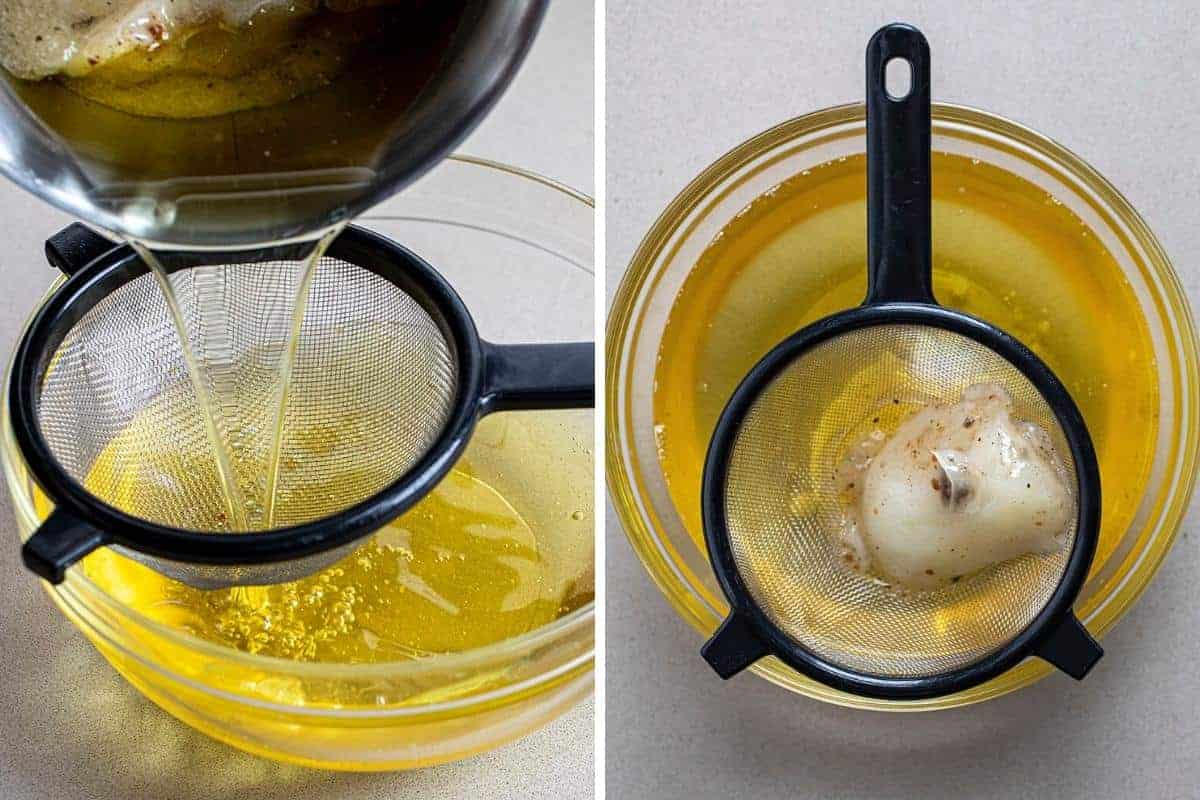
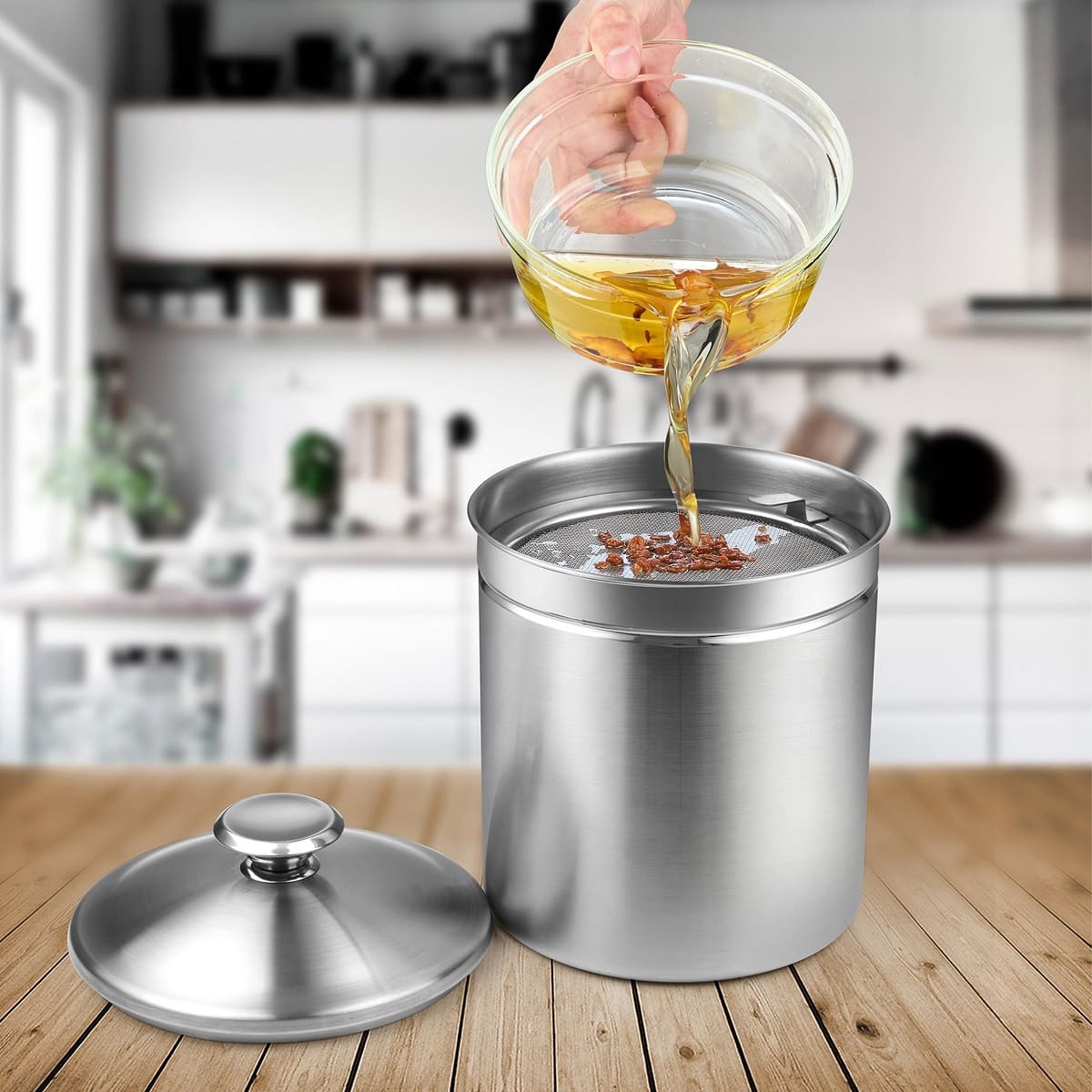




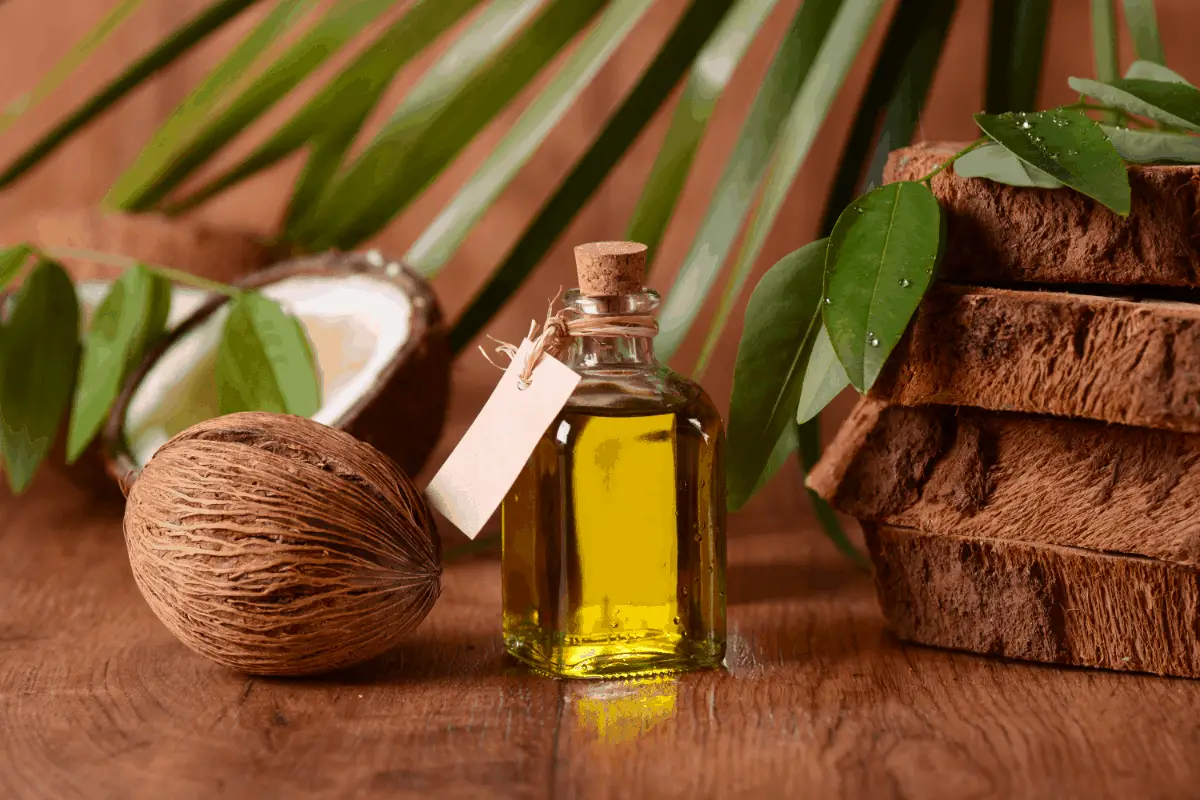
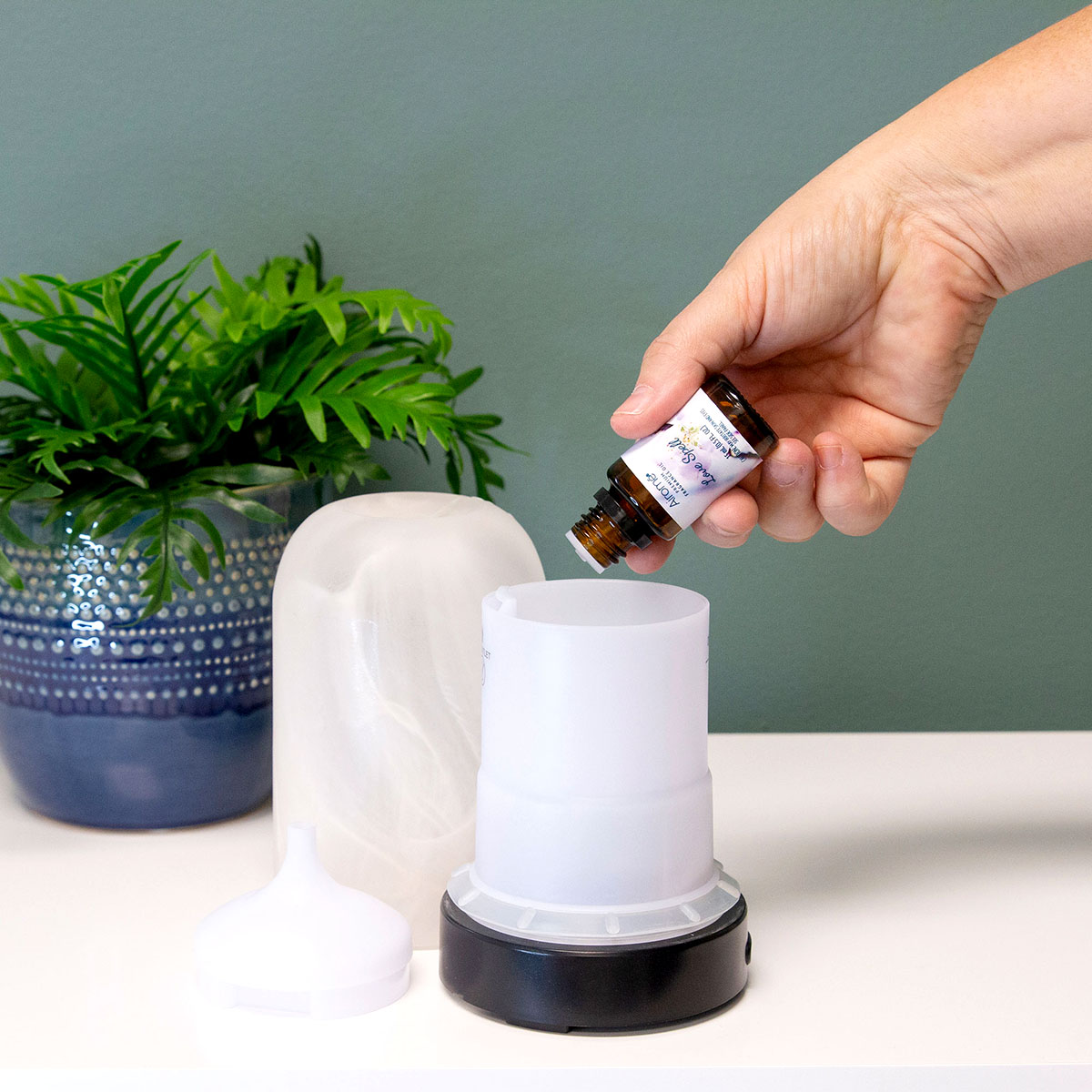

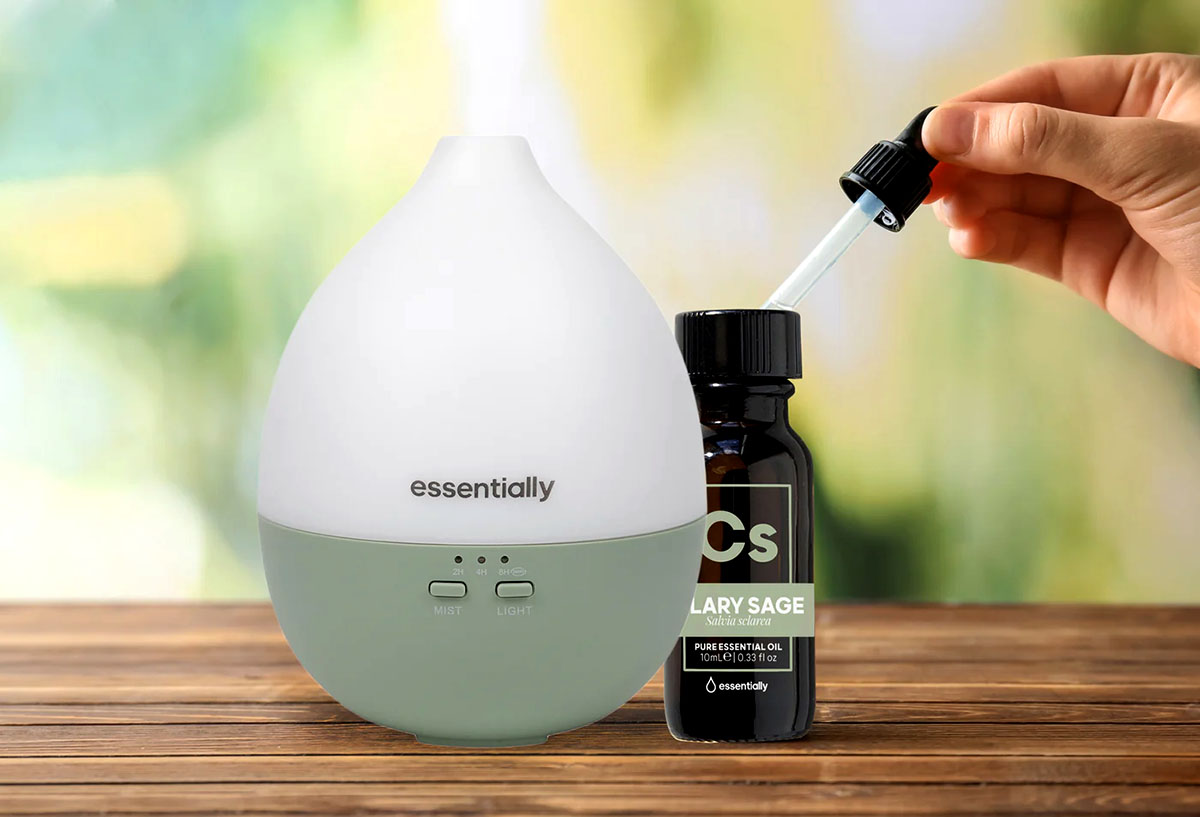


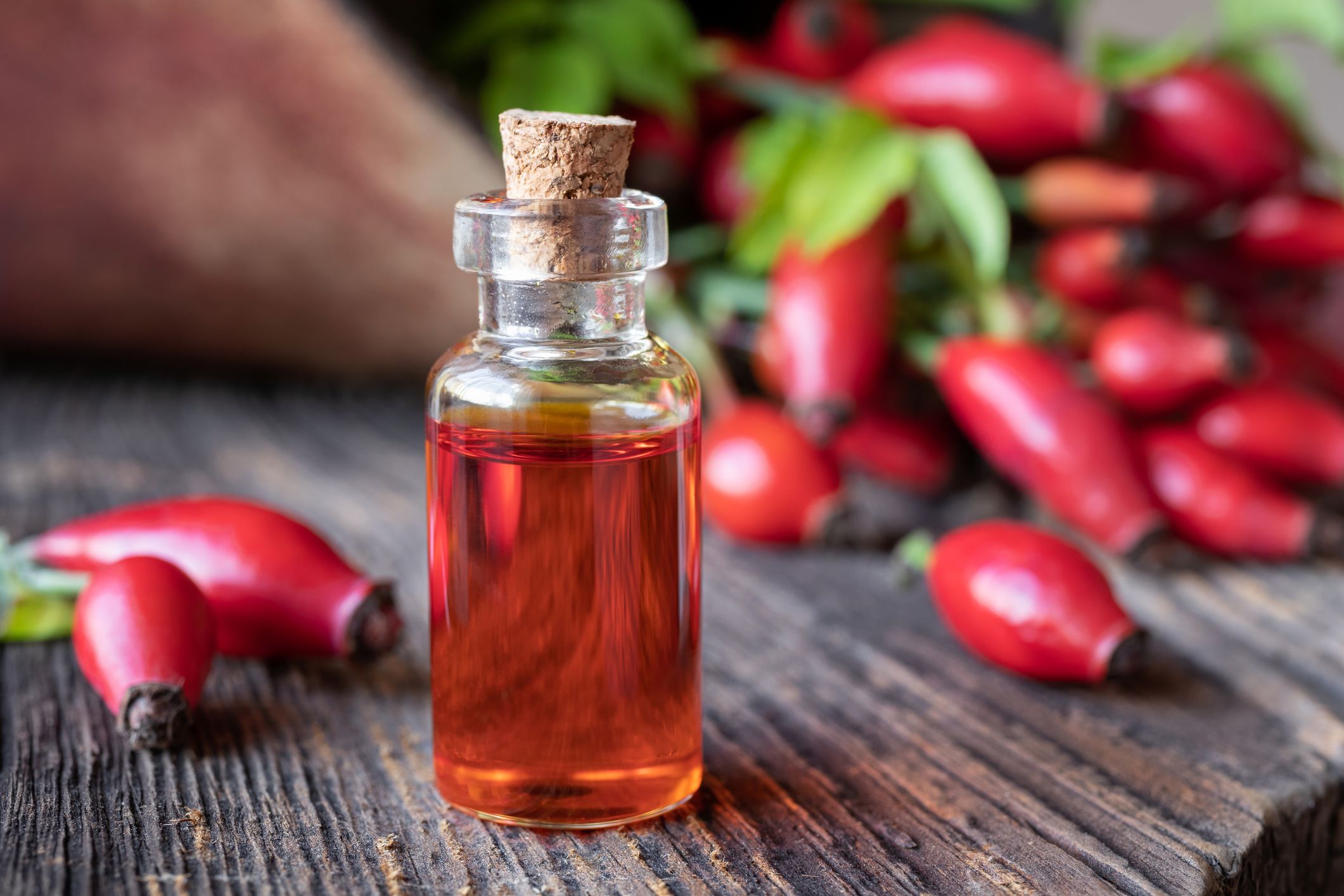

0 thoughts on “How To Store Used Oil”